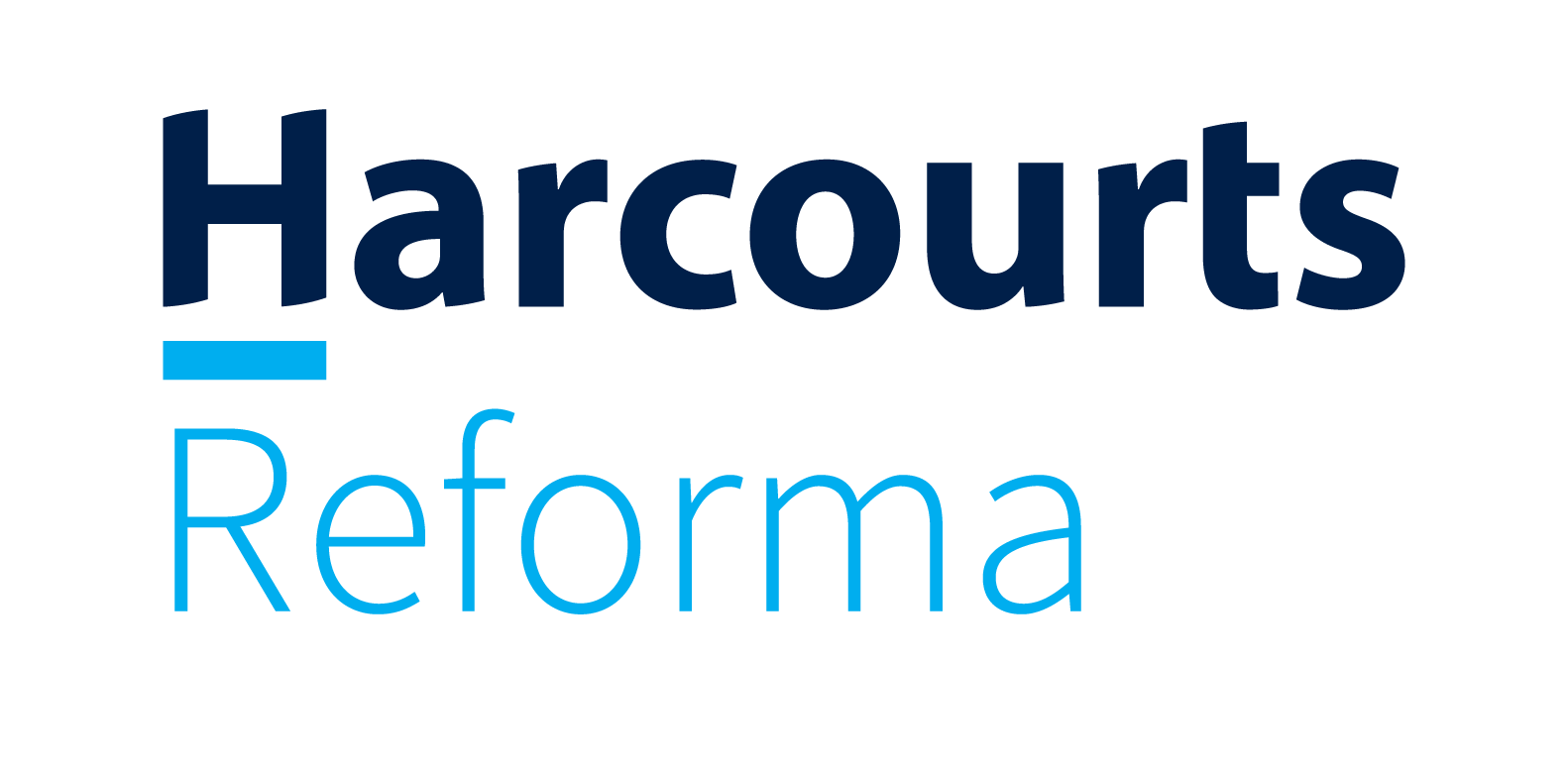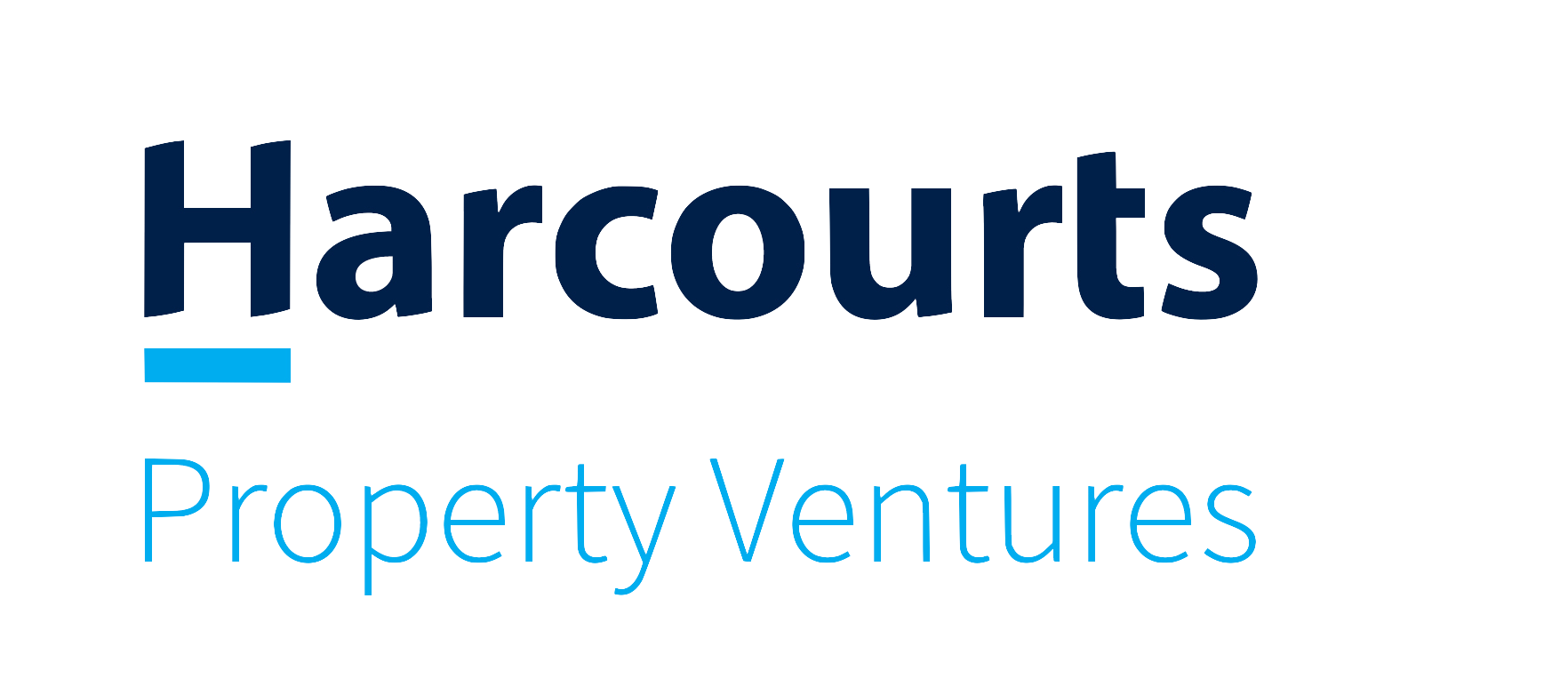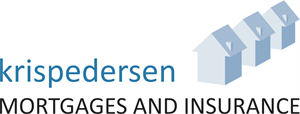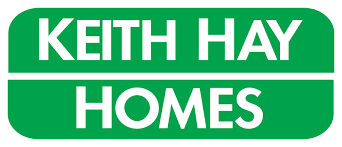It was one of those shows that is entertaining on the telly but an absolute nightmare in real life. It goes without saying that Breaking Bad has hit a raw nerve in the landlord community. Residential rental properties are considered prime locations for clandestine meth labs. The high risks of fire, explosion, and toxic fumes make weekly rental payments almost negligible. More troubling still is the seemingly incoherent fashion meth labs are entrenched in our community. While there are pockets of meth lab hot-spots, not one suburb is entirely without risk. If an innocent enough looking high school teacher can conceivably moonlight as a meth-cook, anything can happen.
In the end, landlords are the ones picking up the pieces. Not only is your property almost irreversibly damaged, in many instances the damages may not even be covered by insurance.
The best way to handle of risk of meth labs is to manage it while it is still just a risk. Here are some tips to help you identify early signs of trouble. Next week we will share tips on what you should do when you seriously suspect that your property has been used as a clandestine lab.
- Meticulous tenant screening – Reference check your tenant thoroughly. Watch the How to reference check tenants properly video on APIA TV now. Or consider having your property professionally managed, meth-cooks are known to target self-managing landlord on the basis that they are seemingly less professional and rigorous in their management;
- Regular inspections – Stick to a regular property inspection schedule. You are legally entitled to inspect your property once every four weeks. Meth-cooks know that the more present their landlords are the more likely they will get discovered;
- Inspect throughly or don’t inspect at all – Go through every room and outdoor areas (such as garage and shed), be mindful of the items around the place as well as the smell of the room. Refer to this list of ingredients commonly associated with cooking meth and look out for them;
- Look for tell-tale signs – such as large quantities of plastic sheetings, patches of dead grass outside the front door (may indicate toxic dumping), white powdery residue littered around the corners of the house, ammonia or cat urine smells, boarded-up or blackened windows, as well as stained sheets or coffee filters;
- Establish a good rapport with the neighbours – By maintain a good relationship with the neighbours of your rental, you are more likely to have a real understanding of how the property is being treated in your absence. Neighbours are excellent sources of information to raise the alarm bell if there is an abnormally large amount of foot traffic through your property or if there is any other suspicious activities;
- Pay attention to changes in behaviour – Do not discount changes in your tenant’s behaviours. If you are suddenly getting rents paid in cash rather than direct debit then it may be worthwhile to schedule an inspection.
How have you been handling the risk of meth labs in your property? Meth labs pose a real risk of residential property investment that are often detrimental to the value of the entire property. Comment respond below to share your experience.















[…] article “How to stop Tenants from breaking bad” suggests that landlords test the home for Meth/’P’ every four […]
Thanks for linking but that’s incorrect. We have not suggested that landlords test their properties for meth every four months.